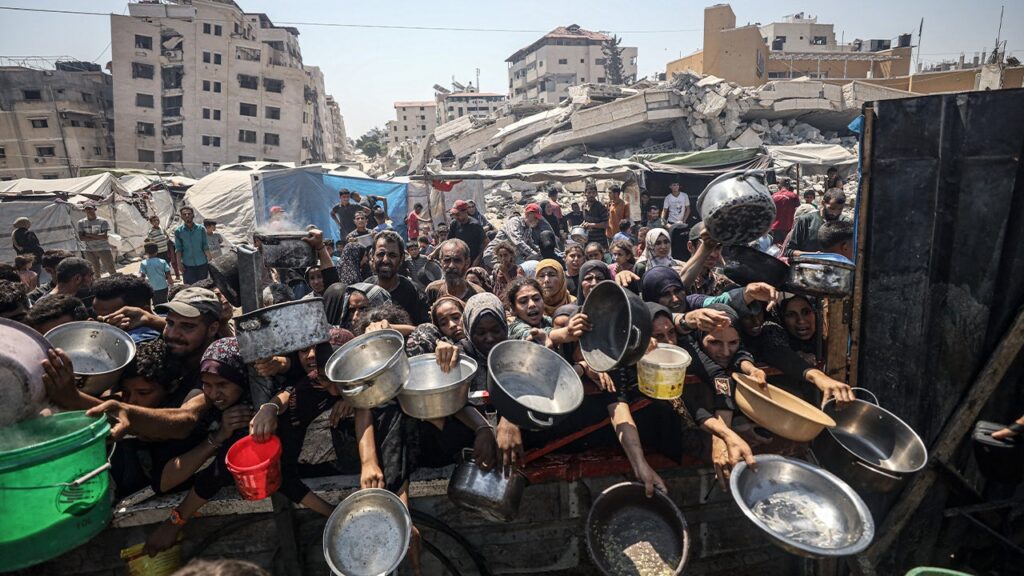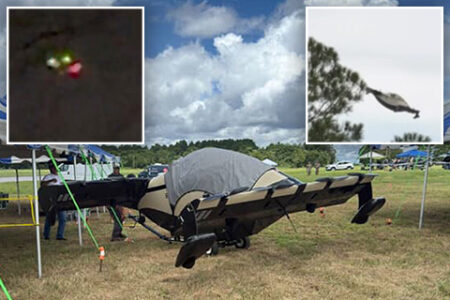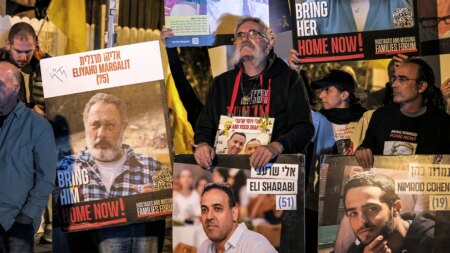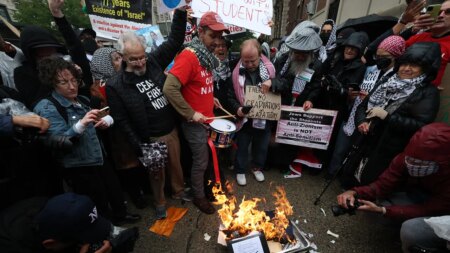NEWYou can now listen to Fox News articles!
Even as aid continues to flow into Gaza following Donald Trump’s ceasefire deal, one expert is questioning the veracity of claims by the Integrated Food Security Phase Classification (IPC) that famine conditions took hold in Gaza this summer — and the organizational ties of the agency.
“What makes famine different from just hunger or deprivation is that it’s lethal,” David Adesnik, vice president of research at the Foundation for Defense of Democracies told Fox News Digital. “Using the IPC definition — that famine claims two lives per day per 10,000 people — the famine in Gaza directorate should by now have resulted in about 9,000 deaths from hunger or hunger-related disease,” he explained. “They didn’t have data showing that mortality rate had been reached.”
On Aug. 22, the IPC claimed that famine was occurring in one Gaza governorate and was projected to reach two additional governorates by Sept. 30.
ISRAEL ACCUSES UN-BACKED GAZA FAMINE REPORT OF POLITICAL MANIPULATION, DEMANDS WITHDRAWAL
As of Aug. 22, the Hamas-run Gaza Ministry of Health stated that 273 Palestinians had died of famine and malnutrition during nearly two years of conflict. By Oct. 7, the number, it claimed, had reached 460, a difference of 187.
“I imagine it was a horrific end for those 187 individuals. But an accusation of famine is supposed to rest on evidence,” Adesnik said.
He noted that “the IPC forecast a major worsening of the food security situation,” which he said “should drive prices substantially higher. But in fact, we’ve seen the opposite.”
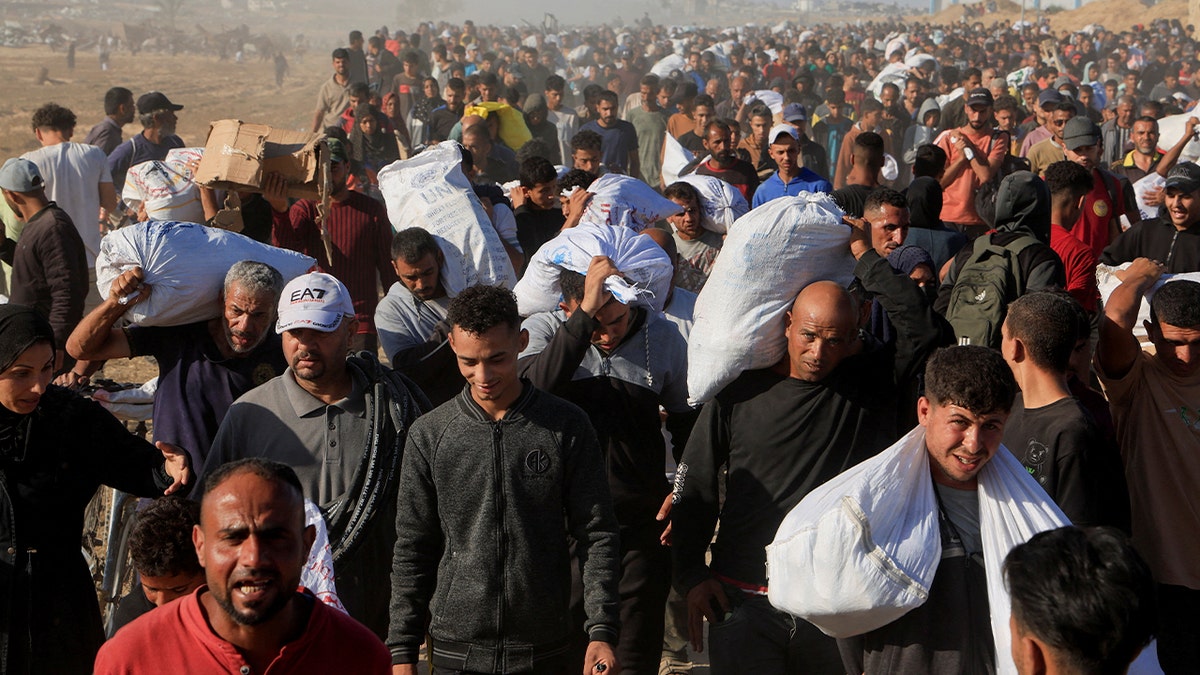
The World Food Programme’s Palestine Market Monitor shows that prices for 60 of 89 key food and non-food necessities in three Gazan governorates have remained the same or declined between the last week of August and the third week of September.
Fox News Digital asked the IPC, WFP, U.N. Office for the Coordination of Humanitarian Affairs (OCHA) and U.N. Food and Agriculture Organization (FAO) whether they believe, given data on food pricing and mortality rates, that there is famine in Gaza. OCHA and FAO deferred to the IPC, which did not respond.
Sources also question whether there may be bias in the IPC’s famine predictions. The IPC does not name the non-governmental organizations, government institutions and U.N. agencies that are part of its overarching governance structure. These organizations also provide personnel who “support the funding, implementation and institutionalization of IPC at the country level” as Technical Working Group (TWG) members.
The IPC did not respond to questions about which NGO and U.N. entities are part of its organization or how their salaries are paid.
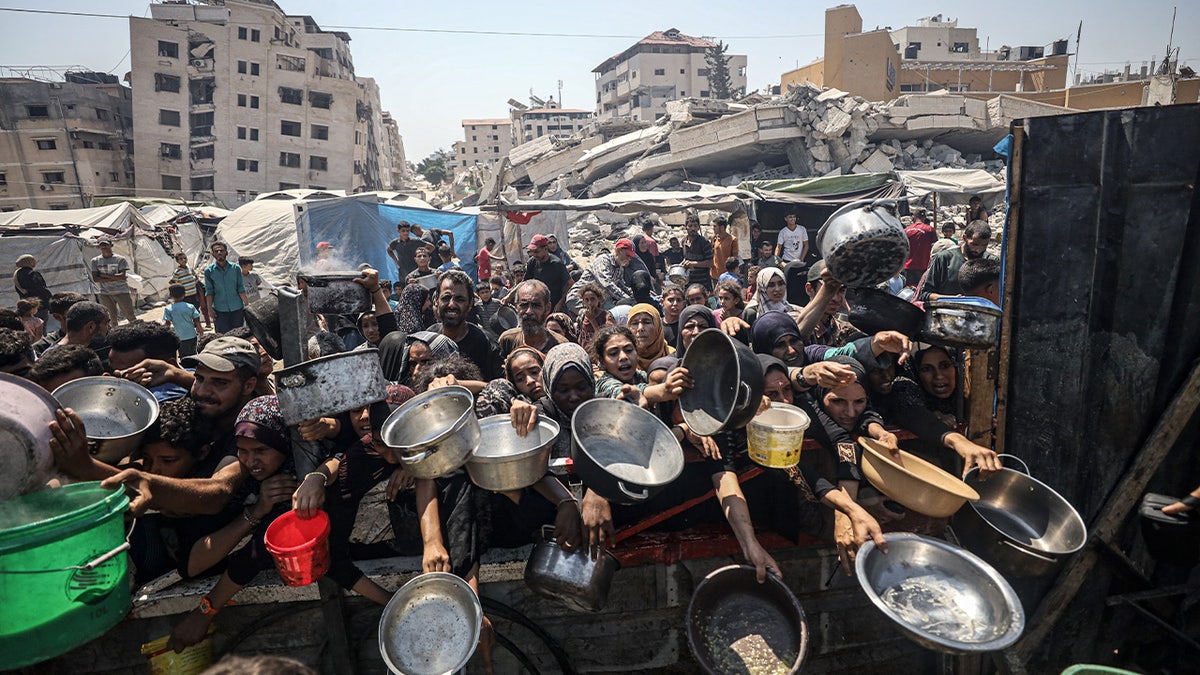
Recently, U.N. agencies and international NGOs have come under fire due to allegations of alignment with Hamas.
Eri Kaneko said that OCHA does not participate in IPC TWGs. The FAO told Fox News Digital, however, that during crises, “the IPC coordinates global analyses with technical experts from several partner organizations, including FAO, WFP, UNICEF, OCHA, and others from the wider IPC network, such as international and national NGOs.”
UNICEF OFFICIAL SAYS GAZA MALNUTRITION REACHES ‘FAMINE LEVELS’ AS HUMANITARIAN AID TRICKLES IN
The U.N.’s food distribution model has been questioned due to the severity of looting from both armed and unarmed actors. The United Nations Office for Project Services (UNOPS) shows that 80.5% (6,800 of 8,440) of U.N. trucks have been intercepted since May 19.
“That can’t possibly be the fairest way to distribute aid,” Adesnik said. “There’s some indication that when in a situation like that, it’s the strongest who can claim their share of the aid. And that’s sort of the opposite of how we probably like it to be, and it doesn’t seem the U.N. is doing anything to fix the situation.”
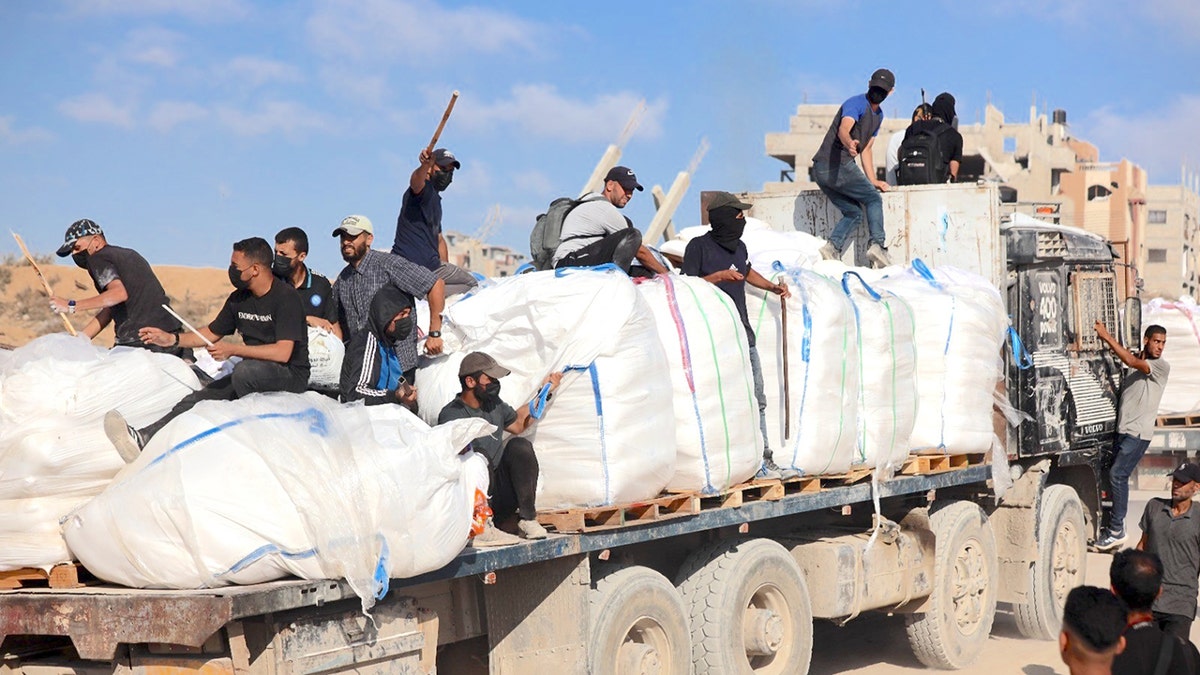
Kaneko said that aid interception “is a serious concern.” According to Kaneko, the U.N. plan for scaling operations “focuses on resuming community-based and household-level distributions – the most effective way to ensure that aid reaches the most vulnerable.”
She said that in addition to the ceasefire,”for our plan to succeed, we also need open crossings; safe movement for civilians, including aid workers; unrestricted entry of goods; visas for humanitarian staff; space to operate; and a revival of the private sector.”
Since the ceasefire began, OCHA reported that there was “a possible reduction in the rate of interception.” As of Oct. 17, UNOPS shows that slightly more than 75% of items shipped into Gaza have arrived at their destinations since May.
UNRWA SCHOOLS ‘HIJACKED BY HAMAS,’ WATCHDOG REPORT WARNS
Adesnik also addressed concerns about changes in OCHA Humanitarian Situation Reports, which previously described the proportion of aid seekers it claims perished in the vicinity of Gaza Humanitarian Foundation (GHF) distribution sites versus those who died in the vicinity of U.N. aid convoys.
Not long after reports between July 21 and Aug. 18 indicated that more aid seekers perished at U.N. convoy sites (576) than near GHF distribution sites (259), Adesnik said, “we noticed that for the first time, [OCHA] omitted that number of people killed while seeking aid. ” Adesnik said he wonders whether “because the numbers turned against them, they’re just going to stop reporting it.”
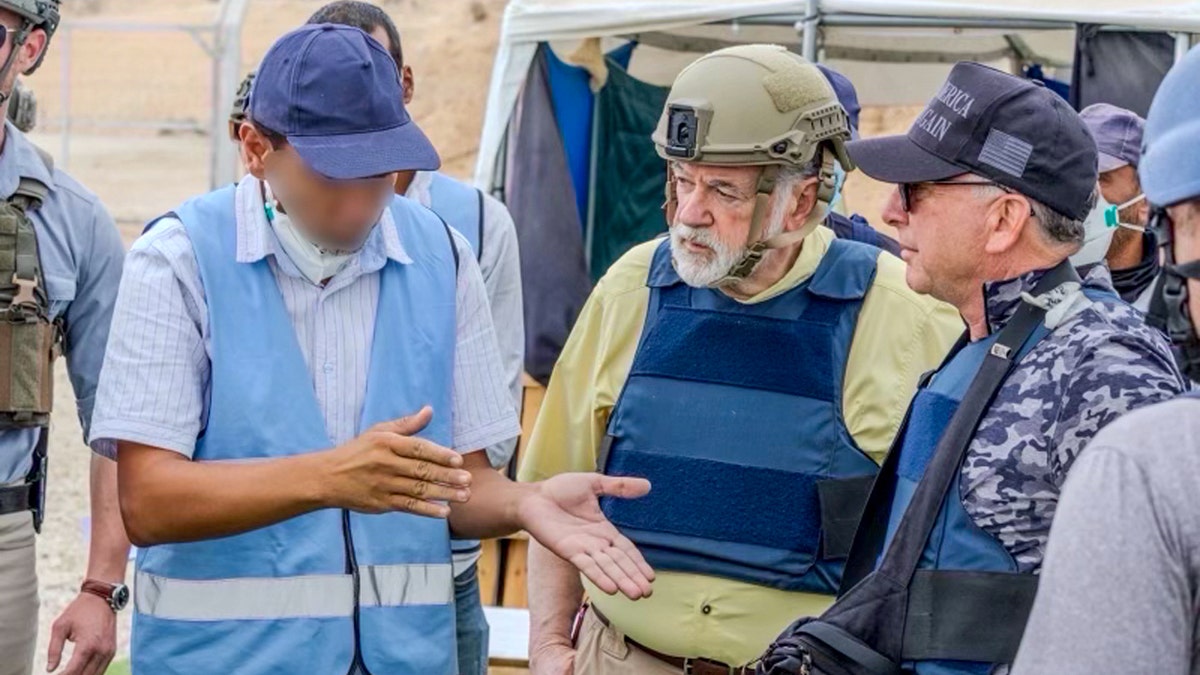
Kaneko indicated that the change is temporary, explaining that data on deaths around convoys and distributions is “typically provided by two sources and always attributed accordingly” and that “if no new data is received from either source by the time an update is finalized, figures from that source may only appear in a subsequent update.”
Starting delivery of aid in May, the U.S. – backed Gaza Humanitarian Foundation has delivered more than 185 million free meals to Palestinians, with some asking whether they could be a replacement or addition to the U.N./NGO system. A GHF spokesperson told Fox News Digital that GHF “has conveyed its openness and flexibility to adapt to U.N.-established norms” and “has been offering, for several months, to help the U.N. and other humanitarian groups deliver their aid securely and safely into Gaza.”
Adding further confusion to the question of hunger in Gaza was a statement on X from UNRWA Commissioner-General Philippe Lazzarini, who recently said, while praising the ceasefire agreement that his agency has “enough to provide food for the entire population for the coming three months.”
In response to the claim, Adesnik noted that “For the past five months, the U.N. has sent in thousands of trucks, knowing eight or nine out of ten would be looted. If they had coordinated with Israel on security, that aid could’ve been delivered into the hands of those who needed it most.”
Read the full article here





